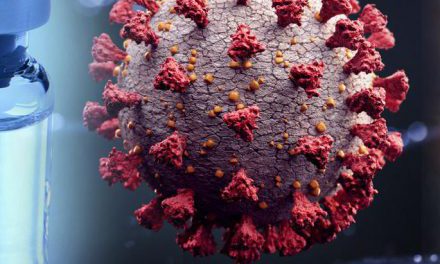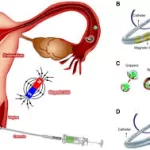In a significant advancement in understanding the environmental factors contributing to autism, a new study has found that higher levels of the plastic chemical bisphenol A (BPA) in pregnant mothers are more likely to result in sons with autism. The study, led by Wah Chin Boon and Professor Anne-Louise Ponsonby of The Florey Institute of Neuroscience and Mental Health, supports the hypothesis that exposure to plastic chemicals in the womb could be linked to autism.
The researchers analyzed data from two large birth cohorts: the Barwon Infant Study (BIS) in Australia and the Columbia Centre for Children’s Health and Environment in the USA. “Exposure to plastic chemicals during pregnancy has already been shown in some studies to be associated with subsequent autism in offspring,” said Professor Ponsonby. “Our work is important because it demonstrates one of the biological mechanisms potentially involved.”
BPA can disrupt hormone-controlled male fetal brain development in several ways, including silencing a key enzyme, aromatase, that controls neurohormones and is especially important in fetal male brain development. “This appears to be part of the autism puzzle,” Ponsonby explained.
The study focused on children with lower levels of the enzyme aromatase, which converts testosterone to neuroestrogen in the brain. The link between BPA presence and autism was particularly evident in the top fifth of boys vulnerable to the endocrine-disrupting properties of this chemical. Boys in this group, born to mothers with higher urinary BPA levels in late pregnancy, were 3.5 times more likely to exhibit autism symptoms by age 2 and 6 times more likely to have a verified autism diagnosis by age 11 compared to those whose mothers had lower BPA levels during pregnancy.
Both birth cohorts provided mechanistic evidence that higher BPA levels were associated with the epigenetic suppression of the aromatase enzyme. Laboratory work by Dr. Boon further demonstrated that prenatal BPA exposure suppressed the aromatase enzyme and was linked to anatomical, neurological, and behavioral changes in male mice consistent with autism spectrum disorder.
“This is the first time a biological pathway has been identified that might help explain the connection between autism and BPA,” Boon said. Ponsonby added that BPA and similar bisphenols are now widespread and almost impossible to avoid. “It’s important for us to understand how these plastics affect our health,” she emphasized.
These findings are prompting public safety regulators to update safety recommendations on chemical exposure during pregnancy and early life. The research team is also exploring ways to mitigate BPA’s effects. Dr. Boon noted that a fatty acid called 10-hydroxy-2-decenoic acid, tested in mice, could be promising in counteracting the adverse effects of BPA.
This study underscores the critical need for continued research into the environmental factors affecting developmental health and highlights the importance of minimizing exposure to potentially harmful chemicals during pregnancy.











